In addition to the Guge Kingdom and the clay forests, Zanda also has the Tholing Monastery. Starting from the Silver Dome, we passed through layer upon layer of barren clay forests and arrived at Zanda County. With a population of less than 10,000, the county town is very small, and the Xiangquan River flows nearby. Since it’s not located on National Highway 219, getting in and out requires crossing a series of continuous mountains, which makes the cost of goods very high.
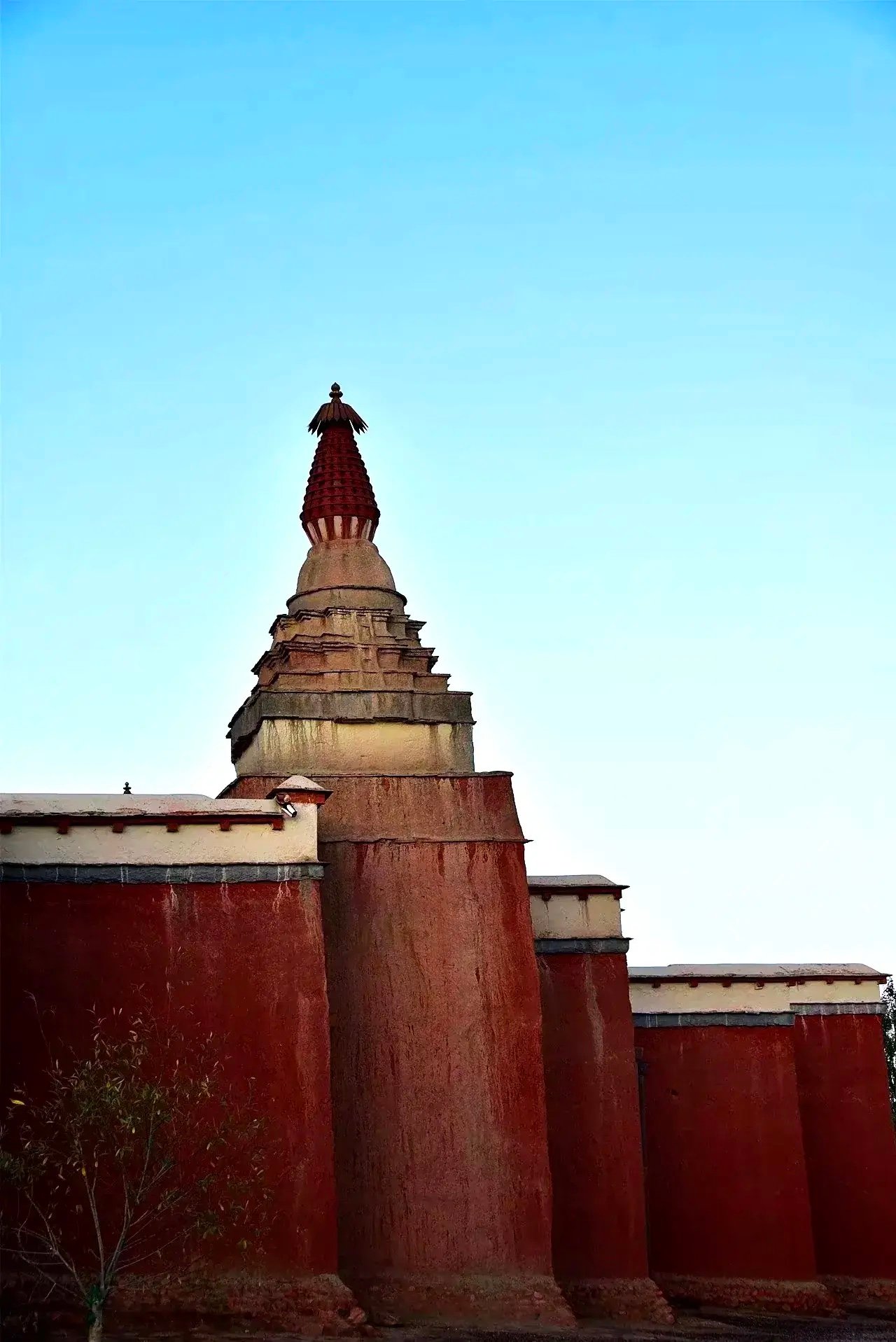
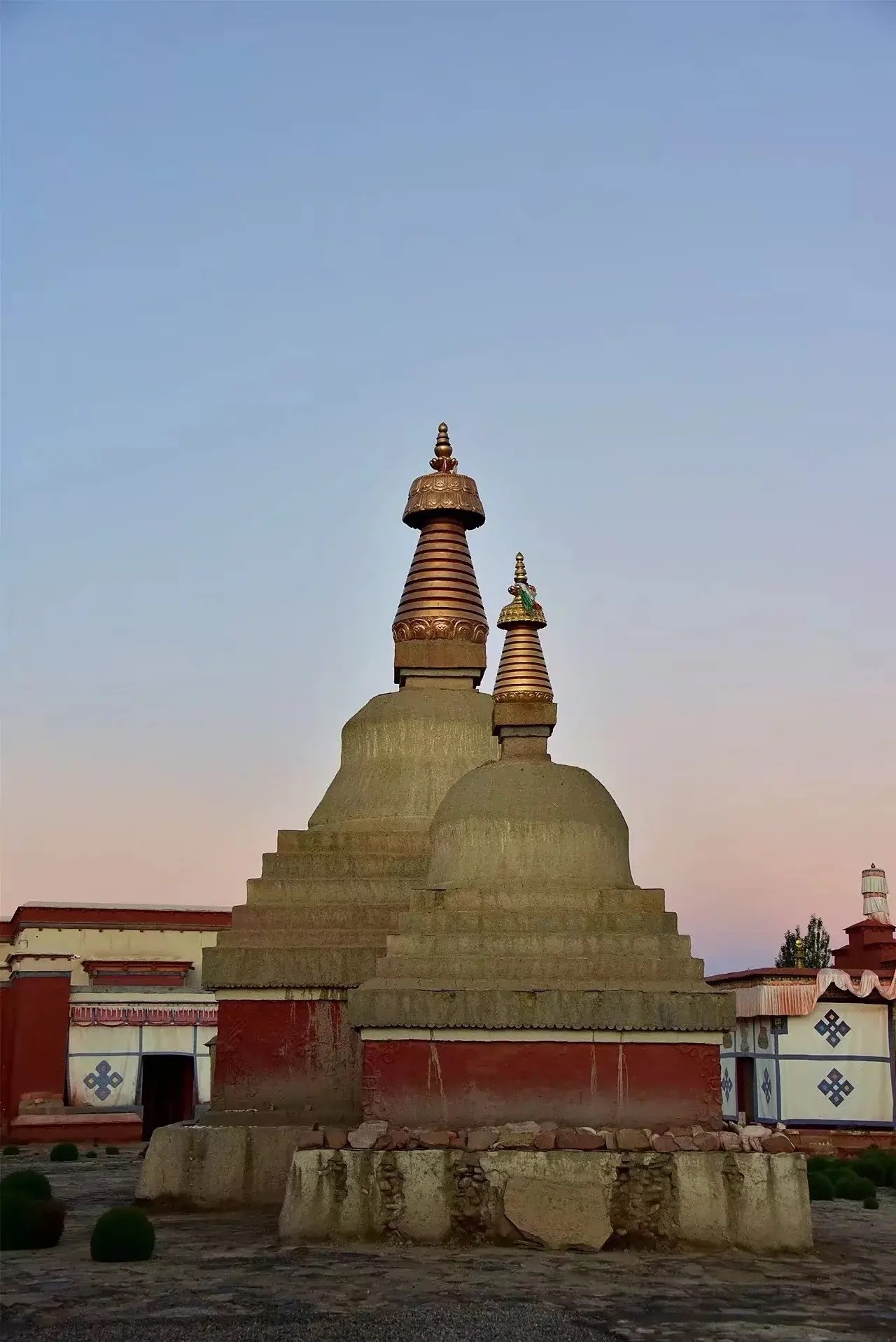
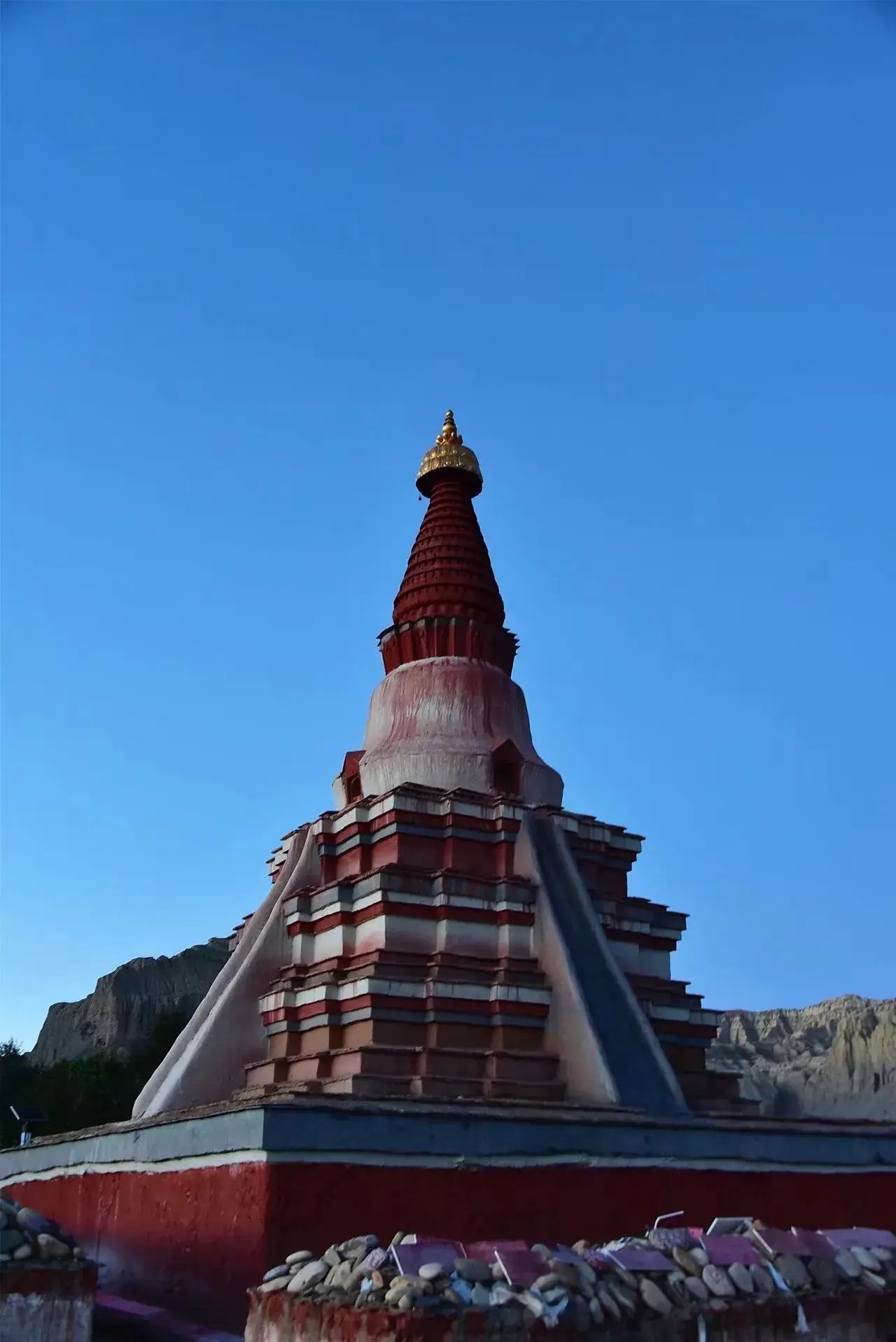
A bowl of noodles costs 22 yuan, and the few restaurants here are mostly run by people from Sichuan. Zanda County sits at an altitude of over 3,700 meters, which is relatively low by Ali standards, so the climate is milder, and many travelers like to stay here.
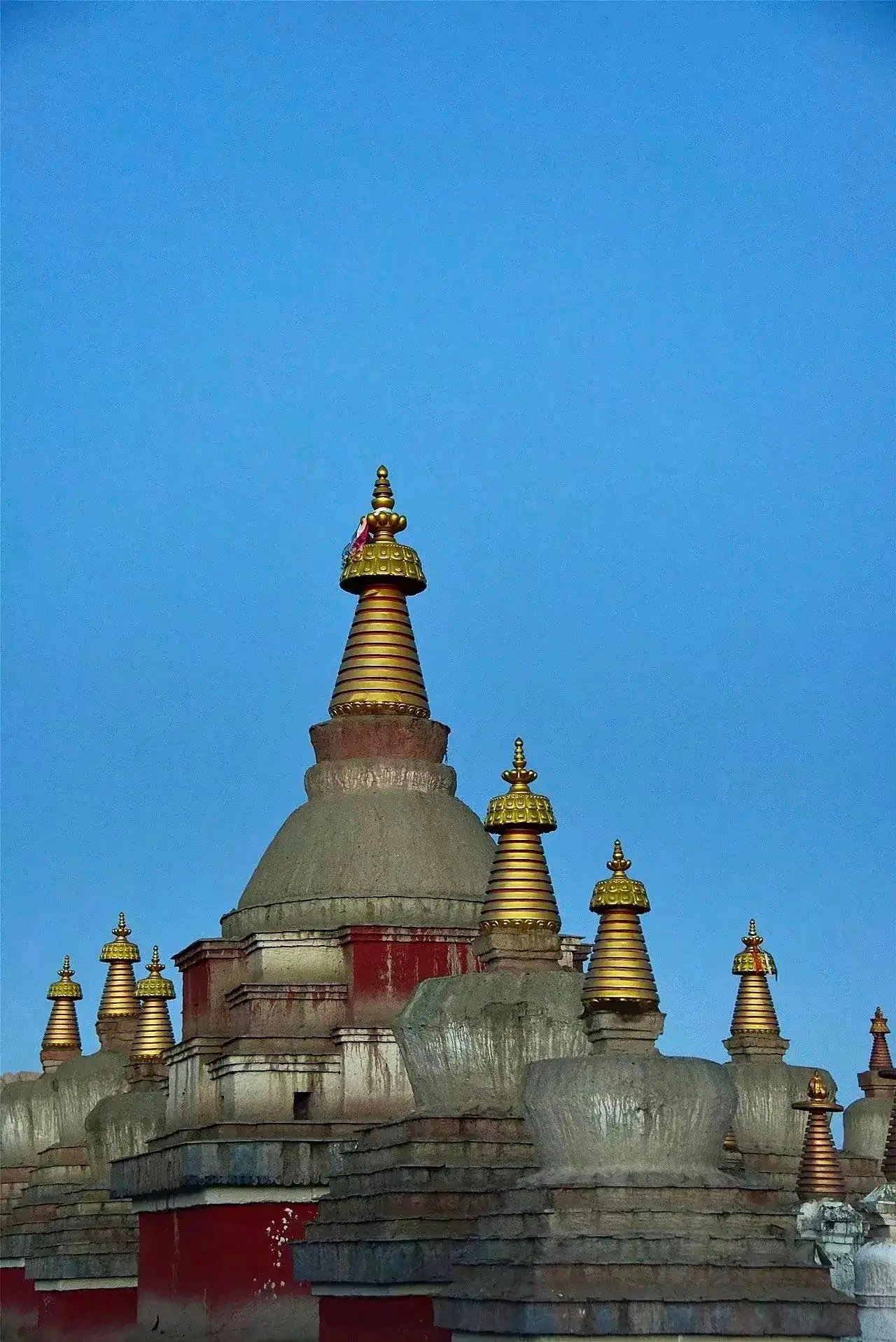
That night, we stayed at a hotel across from Tholing Monastery; the room was spacious and well-equipped, and breakfast was included. The next morning, at the first light of dawn, I went out to see Tholing Monastery.
The monastery's gate was slightly ajar, so I pushed it open and went in. This is a modest temple, with neither gilded halls nor thick incense smoke — everything is simple and quiet.
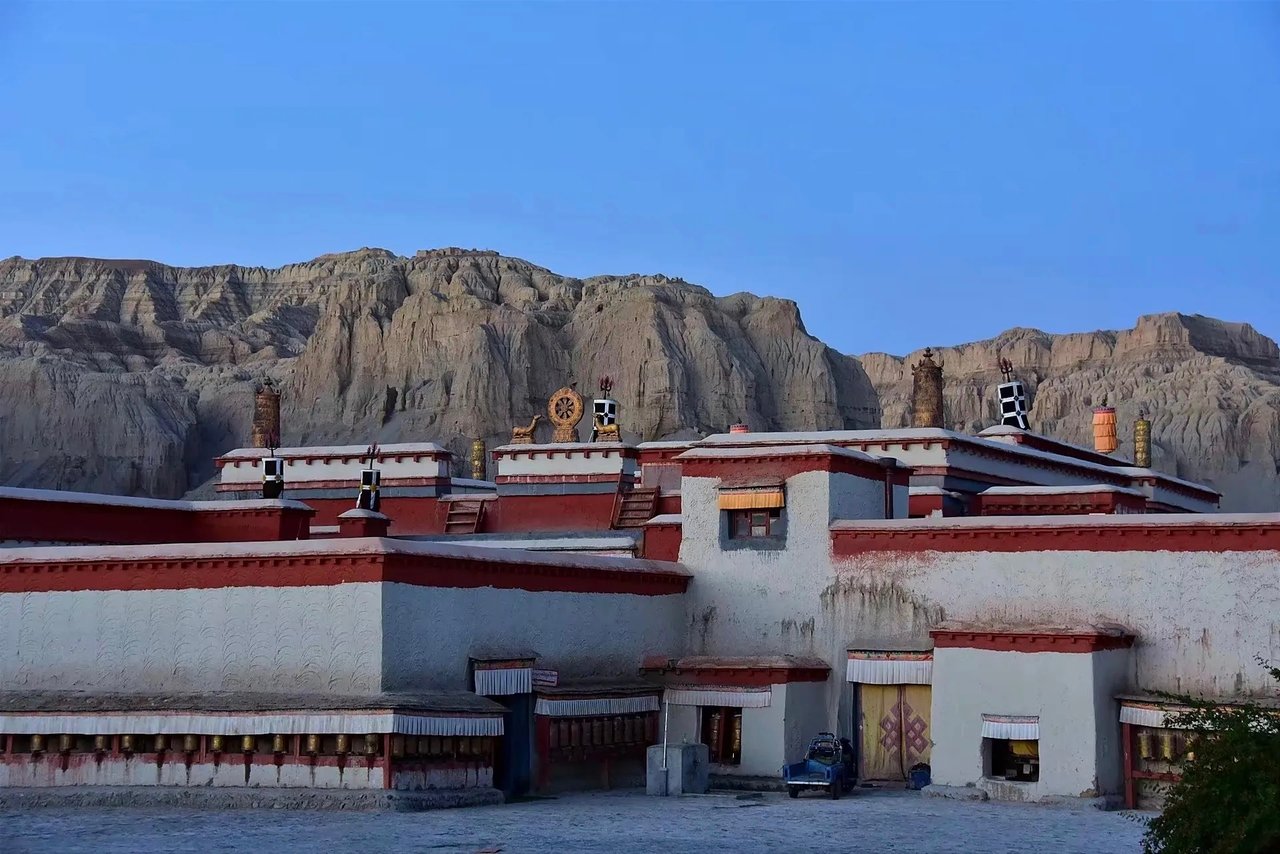
Although Tholing Monastery is plain, it’s still quite large, with a main hall, side halls, scripture rooms, monks' quarters, and a kitchen. Suddenly, a young monk who had risen early greeted me, and I was startled, quickly apologizing for disturbing him so early. Faith is everywhere in Tibet, regardless of wealth or poverty. Initially, I thought that with the influence of the Guge Kingdom and the Kingdom of Xiangxiong, Zanda would be a fertile and prosperous place.
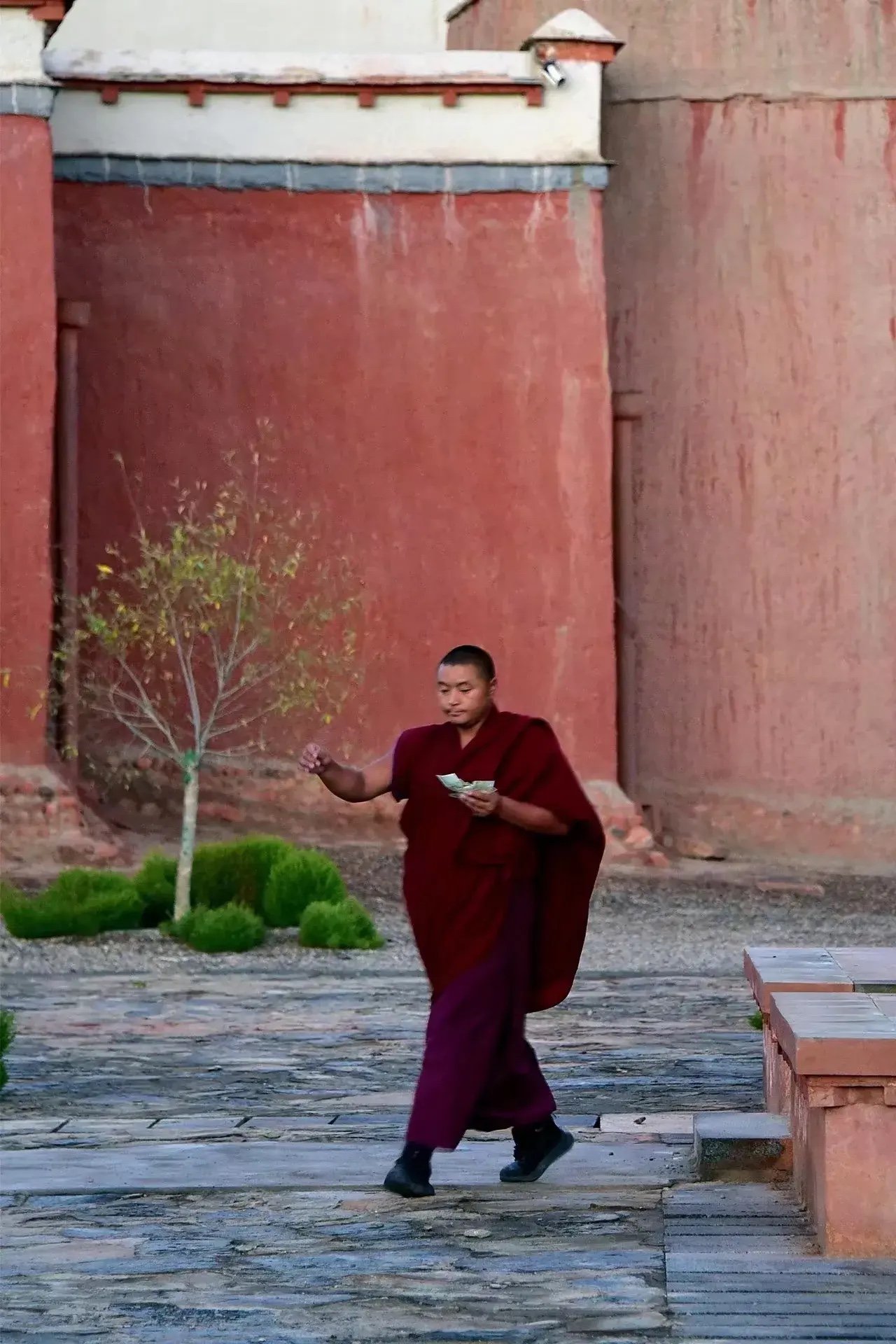
But being there, I realized it is a very desolate area. It’s common to travel dozens of kilometers without seeing a soul; apart from sparse villages near the Xiangquan River Valley, the rest is all barren clay forests. After breakfast, we left for Gar. Zanda is a remote and far-off place, difficult to reach, and I probably won’t return here again.
